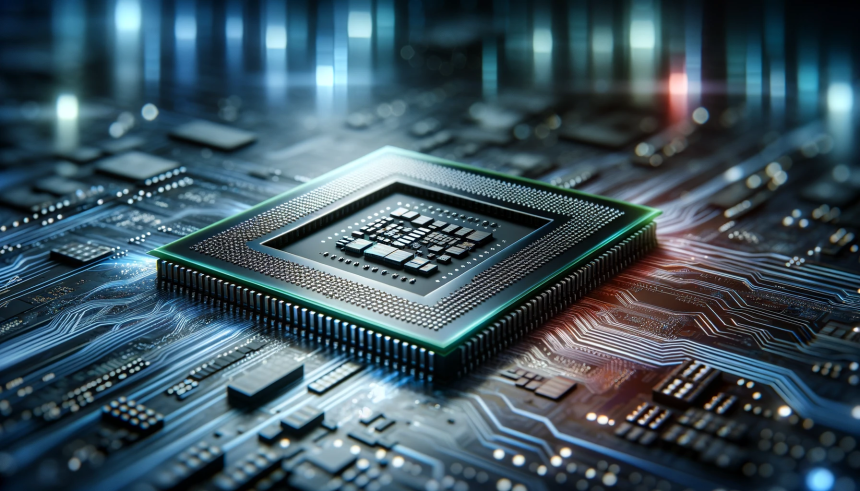AMD is set to unveil its latest lineup of hardware, featuring the RDNA 4 series of graphics cards and the Strix Halo APUs. These new products aim to deliver enhanced performance and efficiency for both gaming enthusiasts and professional users. With a focus on scalability and power optimization, AMD’s upcoming releases are highly anticipated in the tech community.
In recent months, AMD has gradually built anticipation around its new hardware offerings. Previous launches, such as the RDNA 3 GPUs, received positive feedback for their performance improvements. The upcoming RDNA 4 and Strix Halo APUs are expected to build on this momentum, introducing advanced features and increased capabilities.
Launch Details
The RDNA 4 graphics cards are designed to offer significant upgrades over their predecessors, with enhanced processing power and better energy efficiency. Additionally, the Strix Halo APUs are tailored to provide a balanced performance suitable for both gaming and productivity tasks. AMD plans to release these products in the upcoming quarter, with availability in major markets globally.
Performance Enhancements
RDNA 4 GPUs incorporate the latest architecture advancements, enabling higher frame rates and smoother graphics rendering. The Strix Halo APUs integrate multi-core configurations, allowing for improved multitasking and faster application performance.
“Our goal with RDNA 4 and Strix Halo is to set a new standard for performance and efficiency,”
said AMD’s Chief Technology Officer.
Market Impact
The introduction of RDNA 4 GPUs and Strix Halo APUs is expected to strengthen AMD’s position in the competitive hardware market. These launches aim to attract both gamers looking for high-performance graphics and professionals seeking reliable computing solutions. Analysts predict that these products could significantly increase AMD’s market share in the coming year.
Looking ahead, the successful launch of RDNA 4 and Strix Halo APUs could pave the way for further innovations from AMD. The company’s commitment to developing cutting-edge technology positions it well to meet the evolving demands of consumers and businesses alike. Continuous advancements in hardware are crucial for maintaining a competitive edge in the technology sector.










